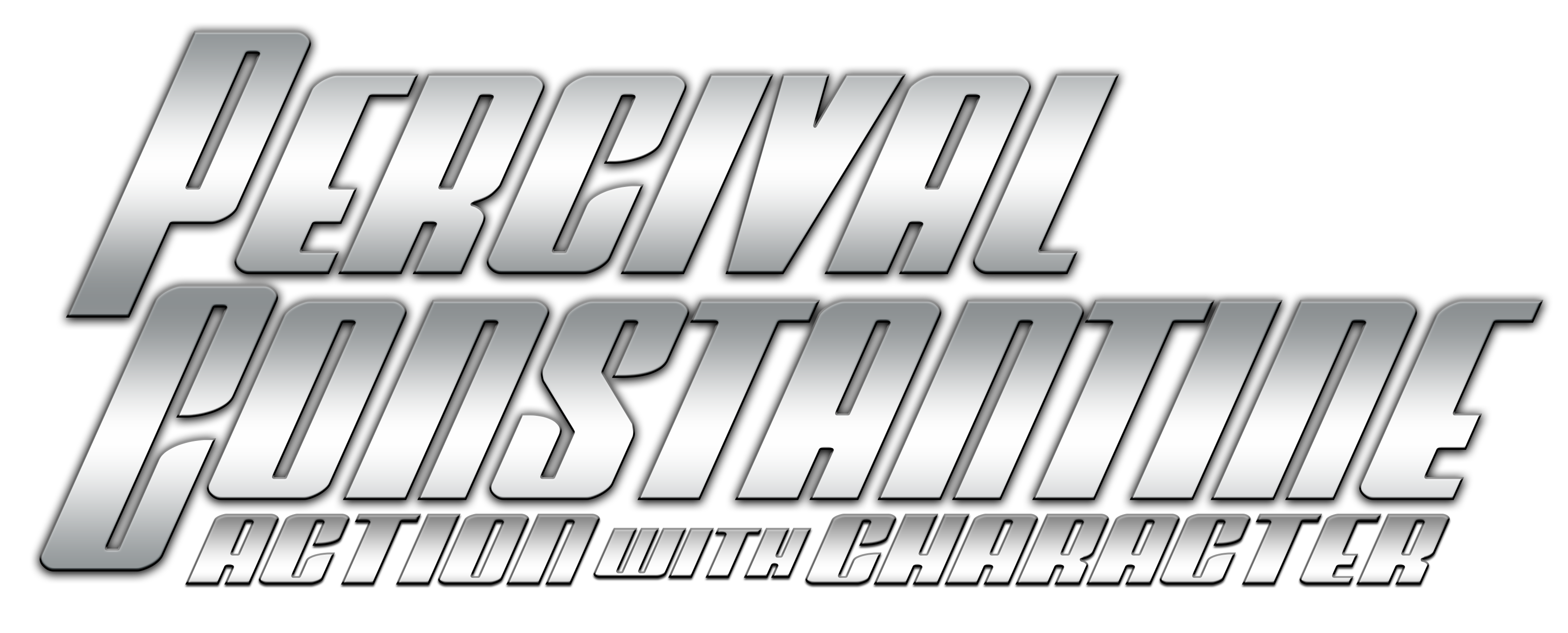 Lately, I’ve been spending a bit of time on LinkedIn, connecting with other writers. Most of these writers are self-published through services like CreateSpace, Lulu, Lightning Source, etc. A few, however, are interested in publishing and many of them have asked about some of the vanity publishers.
Lately, I’ve been spending a bit of time on LinkedIn, connecting with other writers. Most of these writers are self-published through services like CreateSpace, Lulu, Lightning Source, etc. A few, however, are interested in publishing and many of them have asked about some of the vanity publishers.
First off, no matter what you do, make sure you check out Preditors & Editors. The design isn’t pretty, but it’s got very useful information on scams.
Second, be realistic. Yes, there are self-publishing success stories like E.L. James and Fifty Shades of Grey, but these are more often than not the exception to the rule. It is true that authors who use a print-on-demand service like those mentioned above will get a larger share of the royalties than authors who go through traditional publishers. But your best chances of making money off your book are still through the traditional publishing market. That’s where you’ll get the most exposure, that’s where you’re likely to get more professional reviews, plus you also get an advance on it. And bookstores are far more likely to stock it than with your POD book.
Yes, it sucks. But that’s the reality. So try to find an agent and have them try to find a publisher. Maybe it’ll work, maybe it won’t. I self-publish, obviously, but if an agent called me up one day and said, “some big publisher wants to pay you a lot of money to let them publish your book,” I’d jump out of this self-publishing thing so fast, there’d be a cartoon cloud of dust where I was standing.
So don’t believe the hype. Tobias Buckell booksplained this, and it inspired a post by Chuck Wendig. Both are well worth reading and both will explain this better than I can. So I’ll just focus on what I know, which is self-publishing.
Let’s say you tried the agent route and it didn’t work. I did and it didn’t work for me, so there’s nothing wrong with that. I might try again in the future, but for now, I’m okay with where I’m at. And let’s assume you know the realities of the self-publishing market (if you don’t, read both Buckell and Wendig’s posts, then come back). With all that you know, you’ve still decided to go the self-publishing route.
Be careful.
Scammers love aspiring writers. Many of them have no clue what they’re getting into. I know I didn’t and I know I almost got sucked into scams by the likes of PublishAmerica or AuthorHouse. Fortunately, I checked up on them and tried to tell myself all the bad press wasn’t true. But I realized the truth before I went with any of those outfits.
Self-publishing can be a minefield to navigate. You’ve got tons of scams, predatory agents and editors, not to mention the process of actually creating a book. It’s unfortunately not as simple as uploading a Word document (well it is and it isn’t, but we’ll get to that in a moment).
If you go to one of the services to print your book, the technical specifications may leave you confused. Trim size? Bleed? Why is my book bleeding? What the hell is DPI? This may make you tempted to look at some of those vanity publishers that charge upfront fees of hundreds of dollars in exchange for handling that technical stuff. Don’t get sucked in there. And don’t jump onto the professional services the POD outfits offer. Not yet, at least.
My personal recommendation is CreateSpace. They’ve worked great for me, there are no upfront fees and you automatically end up in European and American Amazon stores. For expanded distribution, which puts you just about everywhere, it costs $25 per title. You also have to pay for one proof copy of your book to review, so CreateSpace will cost you under $30.
Before you even get to that point, you can download their Word template and test it out. The support forums are very helpful and you should be able to manage this without too much trouble. I personally use InDesign, and it was a very big learning curve (those first few books were a nightmare to format). But now I’ve figured it out and got it down to a science.
Cover design is trickier. If you’re not an artist, if you don’t know how to use Photoshop or Illustrator, I suggest you try CreateSpace’s free cover creator, you find someone who can design it for you, or you learn what the hell you need to do. But know your limitations—you don’t want to end up on Lousy Book Covers. If money is an issue and you don’t know what you’re doing, just use the cover creator. Discover if any of your friends are artists and if they can help you out. I’ve done this. Or hit up deviantART. Check out the artists on there, find some you like, and approach them with an offer. They may say yes, they may say no, but you won’t know until you try. “But I can’t afford it” isn’t really an option—I know your teachers told you to never judge a book by its cover, but this happens all the time and you know you’ve done it, too.
Just ask yourself: if you saw two books in the same genre, written by two authors you’ve never heard of, and one had an awful cover while the other had a great one, which book would you choose? The type of cover you put on your book matters. A cover that looks professionally designed and looks like a lot of effort was put into it shows that this is a person who cares about how they’re perceived. A cover of badly Photoshopped clipart (or worse, MS Painted, and yes, they do exist) with Comic Sans gives the impression that you’re a lazy, sloppy writer who shouldn’t be paid any attention to.
Get a good cover or hire someone who can make one for you. Don’t whine about how you can’t afford it—I was a broke college graduate working a part-time job, living with my parents and with around $150 in my checking account in a good month and I still managed to put together a cover that didn’t look like something I wiped my ass with. Necessity is the mother of invention, so you learn what you need to do to make a good cover, you save up so you can hire someone to do it for you, or you make a lot of friends with a lot of artists. Don’t let your rush to publish your book overshadow the need to do it right.
Also, find an editor. Join writing groups, pay attention to the people who know what they’re doing, and help each other out. My partners-in-crime over at PulpWork Press do this, editing each other’s books and it really helps a lot (special mention to Joel Jenkins as that man is a pro at editing).
The point here is that you should learn how much you can do on your own before you even consider opening your wallet to fork over cash to these services. One that was recently brought to my attention charged $500 for their basic publishing package—that included editing, formatting, cover design, print and distribution. Now, that’s not too bad a deal. If you used CreateSpace’s professional formatting, editing and cover design services, it would cost you a lot more than this place, called MyBookOrders.
But after the first year, they also want to charge an additional $200 per year to keep your book in print. $200! Now maybe that’s no big deal to you, but it would be for me. I crunched the numbers. Publishing through CreateSpace and selecting expanded distribution cost me under $200 for all six books. If I were to use MyBookOrders, I would have paid under $7000 to date, plus an additional $1200 each successive year from this point on. And if I wanted to publish more books, that’s another $500 + annual payments of $200.
So see what you can do on your own and save yourself hundreds or potentially thousands of dollars. Because despite what the hypesters say, the odds are you won’t make enough off your writing to support such a high overhead.

Nice informative piece. Thanks. I am going to email myself the link so I don’t lose it. (since I have a manuscript I am hawking to traditional publishers at the moment)